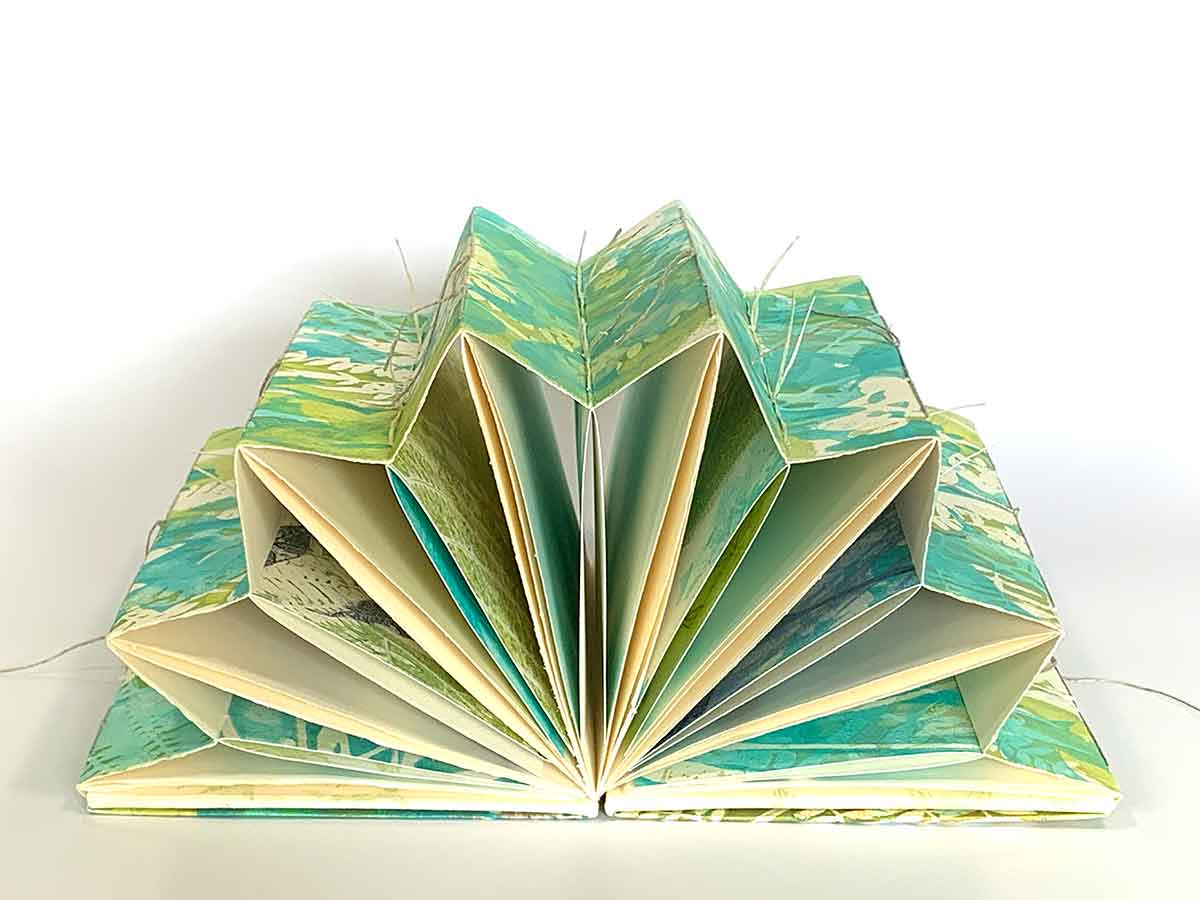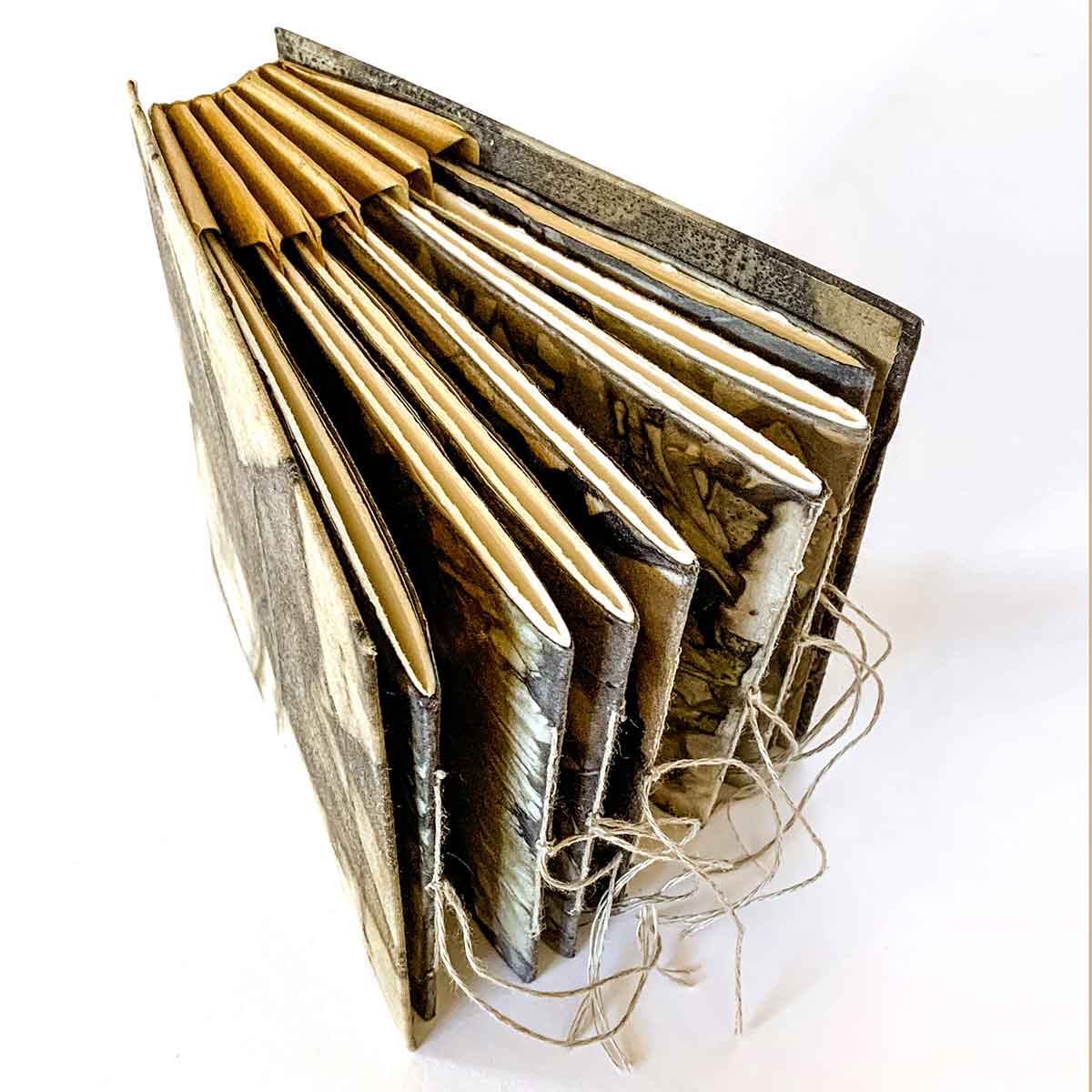Top Tips for Creating an art book That Captures Attention
Top Tips for Creating an art book That Captures Attention
Blog Article
Discover the Crucial Overview to Art Book Printing for Aspiring Artists and Publishers
As an aspiring artist or author, comprehending the subtleties of art book printing is vital to bringing your vision to life. You'll need to consider various elements, from choosing the appropriate sort of book to making sure color accuracy and selecting suitable materials. Each decision impacts the end product significantly. What are the vital components you should concentrate on to create a magnificent art book that really represents your job?
Comprehending Different Sorts Of Art Books
When you plunge right into the world of art publications, you'll rapidly find that they can be found in various forms, each customized to different artistic expressions and audiences. Coffee table books typically showcase spectacular visuals, perfect for casual surfing, while monographs dive deep into an individual musician's job, offering context and understandings. If you have an interest in certain art activities, exhibit magazines offer detailed documentation of programs, featuring essays and reviews.
For educational purposes, art handbooks and technique books direct you with numerous tools and styles, making them crucial for striving musicians. Each layout serves its function, and understanding their differences can enhance your art book trip.
Choosing the Right Paper and Products
Selecting the right paper and products can considerably affect the general quality and feel of your art book. Beginning by taking into consideration the kind of artwork you have. For dynamic colors and intricate information, choose a shiny coating or a heavyweight matte paper that boosts visual deepness. If your job includes softer tones or textures, an all-natural or uncoated paper can supply a cozy, inviting touch.
Consider the weight of the paper, too. Thicker alternatives usually lend a more professional look, while lighter papers can decrease printing costs. Do not neglect about the binding products; a sturdy cover can protect your web pages and contribute to the book's aesthetic.
Lastly, consider sustainability. Environmentally friendly options are gaining popularity and can reflect your values as an artist. By very carefully selecting your paper and products, you'll assure that your art book not only looks excellent yet additionally feels special in the hands of your visitors.

Selecting the Ideal Printing Strategies
When it involves publishing your art book, selecting in between countered and electronic printing can greatly influence your end product. You'll likewise intend to think about how paper top quality impacts the general look and feeling of your artwork. Allow's discover these essential printing techniques to discover the ideal fit for your job.
Countered vs. Digital Printing
While both balanced out and digital printing have their advantages, selecting the best method for your art book can greatly influence the final product. Offset printing supplies high-quality images and dynamic shades, making it suitable for larger print runs. Inevitably, your selection needs to line up with your creative vision and circulation method, ensuring that your art book reflects the high quality you desire.
Paper High Quality Considerations
Picking the ideal paper top quality can greatly enhance the aesthetic charm and responsive experience of your art book. Begin by taking into consideration the weight and structure of the paper. Larger paper commonly really feels more lavish and can better showcase lively colors and detailed information. For prints, a glossy finish can make photos pop, while a matte surface gives a softer, much more subtle appearance. Do not ignore the paper's brightness; brighter sheets can enhance shade precision and contrast.
Following, think of the sustainability of your choice. Green choices are becoming progressively preferred and can attract environmentally-conscious visitors. Demand examples to see exactly how different documents function with your artwork, making certain the final item reflects your vision perfectly.
Guaranteeing Color Accuracy in Your Prints
To achieve sensational prints, you need to concentrate on color precision from the beginning. You'll desire to utilize color calibration techniques to confirm your display and printer remain in sync. Additionally, proofing your work before the last print run can help capture any type of inconsistencies, assuring your art looks equally as you pictured.
Shade Calibration Techniques
Assuring color precision in your prints begins with reliable shade calibration methods that assist keep consistency in between your digital photos and last published products. Next their website off, choose a shade profile matched for your printing procedure, like CMYK for print products. By consistently using these methods, you'll boost the total top quality of your art prints and far better convey your imaginative vision.
Proofing for Precision
While you may think your electronic pictures await print, proofing is necessary for achieving shade accuracy. Before committing to a full print run, constantly request a proof from your printer. This allows you to see how colors convert from display to paper. Contrast the proof with your adjusted screen to detect any kind of disparities. Focus on saturation, illumination, and hue, as these variables can dramatically influence your end product.
If modifications are needed, communicate plainly with your printer regarding your desired results. Don't hesitate to request several evidence if needed; it's worth the financial investment to obtain it right. Inevitably, thorough proofing guarantees that your artwork is represented as you pictured it, maintaining your imaginative honesty throughout the printing procedure.

Designing Layouts That Enhance Your Artwork
When you create formats for your art book, it's necessary to ponder how each element interacts with your artwork. Go for a balance between visuals and message, ensuring neither eclipses the other. Usage white space purposefully; it gives your art work room to take a breath and accentuates its details.
Think about the circulation of your book. Organize images in such a way that guides the viewers's eye, developing a story or thematic progression. art book. Vary the dimensions and positionings of your artwork to maintain the format dynamic and fascinating
Select font styles that complement your art work without distracting from it. Keep text succinct and relevant, giving context or insight that enhances the visitor's experience.
Lastly, test different formats. Publish samples to see just how the styles translate on paper, and readjust as needed. By attentively designing your formats, you'll create an aesthetically engaging art book that resonates with your target market.
Binding Alternatives for a Specialist Complete
Selecting the right binding option can considerably impact the total discussion of your art book. You'll intend to take into consideration both visual appeals and sturdiness when making your option. Popular alternatives consist of perfect binding, which uses a smooth appearance and is perfect for thicker books; saddle stitching, suitable for smaller sized brochures; and spiral binding, which enables web pages to lay flat for easy watching.
If you're intending for a premium feeling, situation binding is an exceptional option, providing a durable cover and an expert look (art book). Don't ignore the cover material; choices like towel, natural leather, or a glossy finish can boost your book's allure
Whatever choice you pick, see to it it enhances your artwork and enhances the viewers's experience. Take your time to consider the pros and cons of each approach, so your end product mirrors the high Find Out More quality of your innovative vision.
Preparing Your Declare Print Preparedness
To guarantee your art book is print-ready, you'll need to pay close focus to file preparation. Start by setting your file dimension to match your preferred print dimensions.
Take into consideration producing an evidence to assess prior to the last print run. Complying with these actions will aid you attain a refined, professional art book.
Regularly Asked Questions
What Is the Typical Price of Printing an Art Book?
The average price of printing an art book differs, yet you can expect to pay anywhere from $5 to $20 per copy, depending upon aspects like size, paper quality, and printing quantity.
How Can I Locate a Reliable Printing Firm?
To find a reputable printing business, beginning by researching online reviews and asking other artists for referrals. Compare quotes, check portfolios, and communicate your requirements plainly to ensure they recognize your vision and top quality expectations.
What Is the Common Turn-around Time for Printing?
The common turnaround time for printing varies but usually varies from one to 4 weeks. Elements like job intricacy and volume can influence this. Always verify with your chosen printer for particular timelines and expectations.
Can I Print My Art Book in Limited Quantities?
Yes, you can absolutely publish your art book in minimal quantities. Look At This Several printing business provide short-run choices, permitting you to generate simply the number you need, making it easier to take care of prices and stock.
What Lawful Factors To Consider Should I Know for My Art Book?
You must think about copyright, licensing contracts, and design launches when developing your art book. Make certain you have the right to make use of all photos and text, protecting yourself from possible lawful concerns in the future.
Report this page